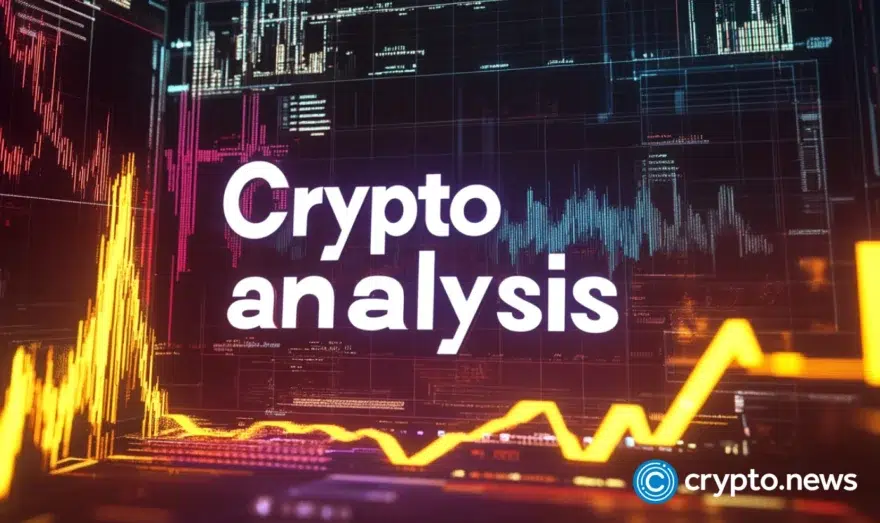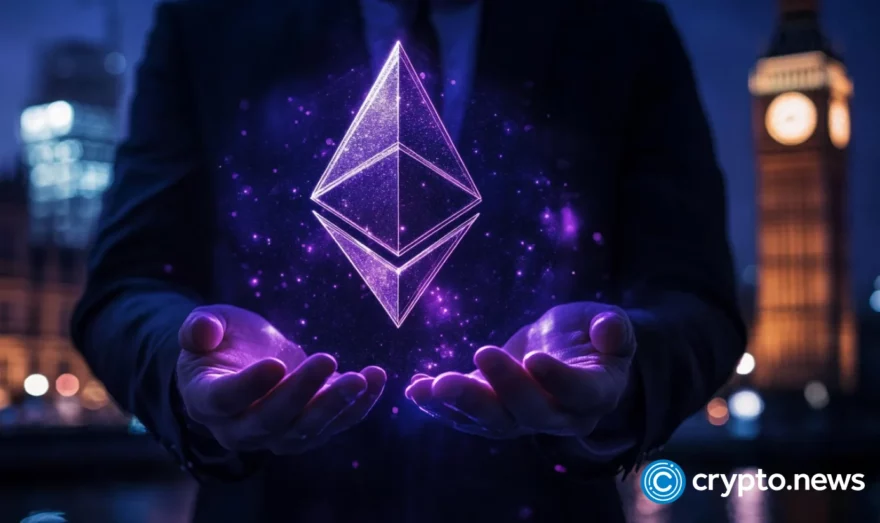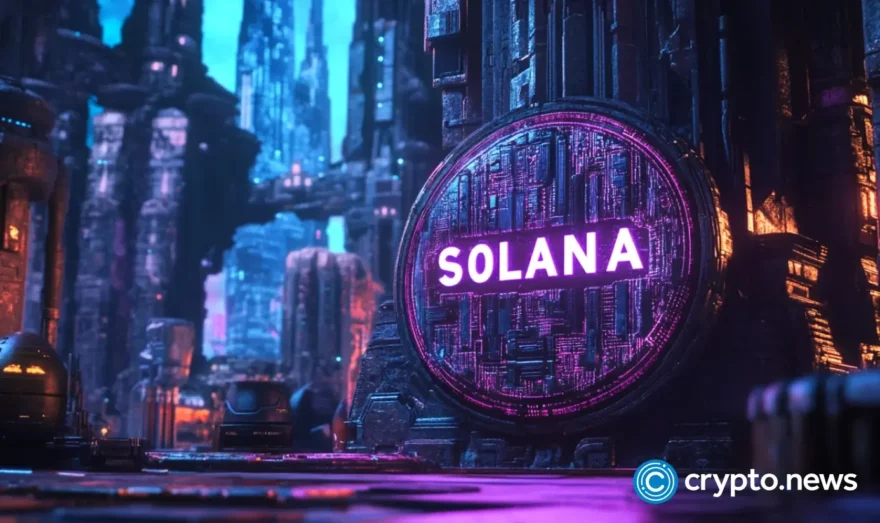With Ethereum 2.0 About to Launch, Ardor Continues to Thrive

After several years of delays, the much-anticipated Ethereum 2.0 upgrade is set to kick off.. The eth2 network has achieved almost 1,000,000 ETH staked from, almost double the 524,288 ETH required, and with more than 16,384 validators involved, it is expected to go live any moment.
However, this is just the very first step on a long road to Ethereum’s scalability. The initial launch will put the initial central chain, called the beacon chain, live with the first set of proof-of-stake validators. After that, the next phase will only arrive later in 2021, introducing sharding to the Ethereum ecosystem.
Shard chains offer a means of partitioning the blockchain between multiple chains, or 64 sub-chains of the beacon chain, in Ethereum’s case. After that, the plan is to “dock” the current main Ethereum chain as a shard to the new beacon chain. This last step is only likely to happen in late 2021 or even 2022.
It’s worth pointing out that the full eth2 implementation isn’t completed even once all this is done. The initial version of the Ethereum sharding protocol will be able to handle extra data on the network. Shards won’t be able to process transactions or handle smart contracts.
The Ethereum Foundation page dedicated to the eth2 launch clarifies that if Ethereum is to achieve scalability at this point, it will depend on separate layer two solutions that use an off-chain scaling technology known as rollups. The Ethereum Foundation isn’t developing this technology directly, although other projects are known to be working on it.
Ardor – A Ready Made Scalable and Staking Platform
While Ethereum has spent several years designing and building its multi-chain architecture, Ardor will soon enter its fourth year of uninterrupted operation. The project launched in January of 2018 as the first multi-chain platform. It uses a parent-and-child chain structure to enable parallel processing, achieving up to 100 transactions per second as a standalone platform.
Ardor also operates several mechanisms designed to ensure it can remain scalable into the future. One of the challenges faced by traditional linear blockchains is bloat. Because the blockchain stores every transaction, the amount of data that a node must download when joining the network is always becoming progressively larger.
Some of the details of Ethereum 2.0 are still in the research stage, so it’s not yet clear if the core developers have a solution to the bloating problem. However, Ardor addresses it using transaction pruning. This mechanism means that the main parent chain or forging chain only handles transactions related to ARDR account balances. It relates to another critical feature of Ardor – that child chains can operate their own native tokens. Any transactions that only modify child chain token balances are only recorded on the child chain itself.
Of course, Ethereum 2.0 will preserve the token creation feature which made Ethereum 1.0 so popular. However, as much as we understand right now, gas fees will continue to require an ETH balance for every transaction. In contrast, Ardor child chains can handle transaction fees paid in their native currencies, and operators can even sponsor fees for users of its applications.
Ignis – The First Child Chain
Ardor also boasts Ignis; it’s main child chain. Ignis serves several purposes. It showcases all of the features that can be available on any Ardor child chain, including a coin exchange, asset exchange, marketplace, voting system, data cloud, and more. Users can choose to take advantage of any of these Ignis features out of the box, requiring little coding or development expertise. Alternatively, they can operate their own child chain and choose any combination of Ignis features to suit their needs.
Ignis also facilitates several features available on other child chains. For example, users can configure accounts and assets with particular properties or controls. This allows them to assign roles to users based on a hierarchy or stipulate that certain assets require different transaction approvals.
Eth 2.0 and DeFi
As the first smart contract platform, Ethereum has attracted a significant amount of development activity. In particular, 2020 has seen an explosion in Ethereum activity in the decentralized finance space, with over $13 billion in value locked. Speculators have rushed to attempt to cash in on high returns – in some cases, incurring significant risks from bug-filled smart contracts, market manipulation, and front-running.
While DeFi has undeniably put Ethereum into the spotlight, it’s also proving to be a double-edged sword. The spike in DeFi transactions has put the network under significant pressure, causing a massive rise in transaction fees and slow block confirmation times due to congestion. These issues may not be a problem for DeFi investors; however, it will most certainly deter enterprises and other users who may not find it tenable to handle unpredictable fees and long waits for transaction confirmation.
Furthermore, anyone wanting to build on Ethereum, or even use a DeFi application with any depth of understanding, needs to know the Solidity programming language.
Ardor and Enterprise Use Cases
In contrast to Ethereum’s DeFi slant, Ardor is gaining significant traction among enterprise users. In particular, the Austrian government has integrated Ardor’s blockchain capabilities into two projects, assisted by the platform’s operator, Jelurida.
Hot City is a smart city application being piloted in neighborhoods in Vienna and Graz, aimed at sustainable energy use. Hot City uses gamification to crowdsource data about waste heat sources that can be channeled back into the energy grid for reuse. The Ardor blockchain secures user data with encryption while rewarding participants in tokens.
A second project also kicked off this year, which uses Ignis in a project called Qualisig. The project has prototyped three different initiatives designed to help secure COVID-19-related communications. For example, one initiative allows door-to-door testing by equipping medical professionals with a blockchain-secured digital identity in the form of a QR code. When the tester arrives at someone’s home, they show their code for scanning, so the person being tested knows they’re legitimate.
Jelurida also recently launched the first SmartVoting poll on the Ardor mainnet. It allows anyone with a Twitter account to participate in blockchain-based voting but without needing a private key or tokens. The first vote was for a new Slack logo for the Ardor community. It showcased decentralized governance and how user-friendly it can be, removing barriers to newcomers by eliminating the need for wallets and tokens.
Ethereum 2.0 has been a long time coming, and the more time passes, the more evident it becomes that there’s still a long road ahead. However, for now, Ethereum remains the undisputed king of DeFi. Otherwise, for enterprises and users looking for an out-of-the-box solution that leverages blockchain’s potential without the hassle of dealing with a platform in progress, then Ardor and Ignis offer a reliable alternative.














